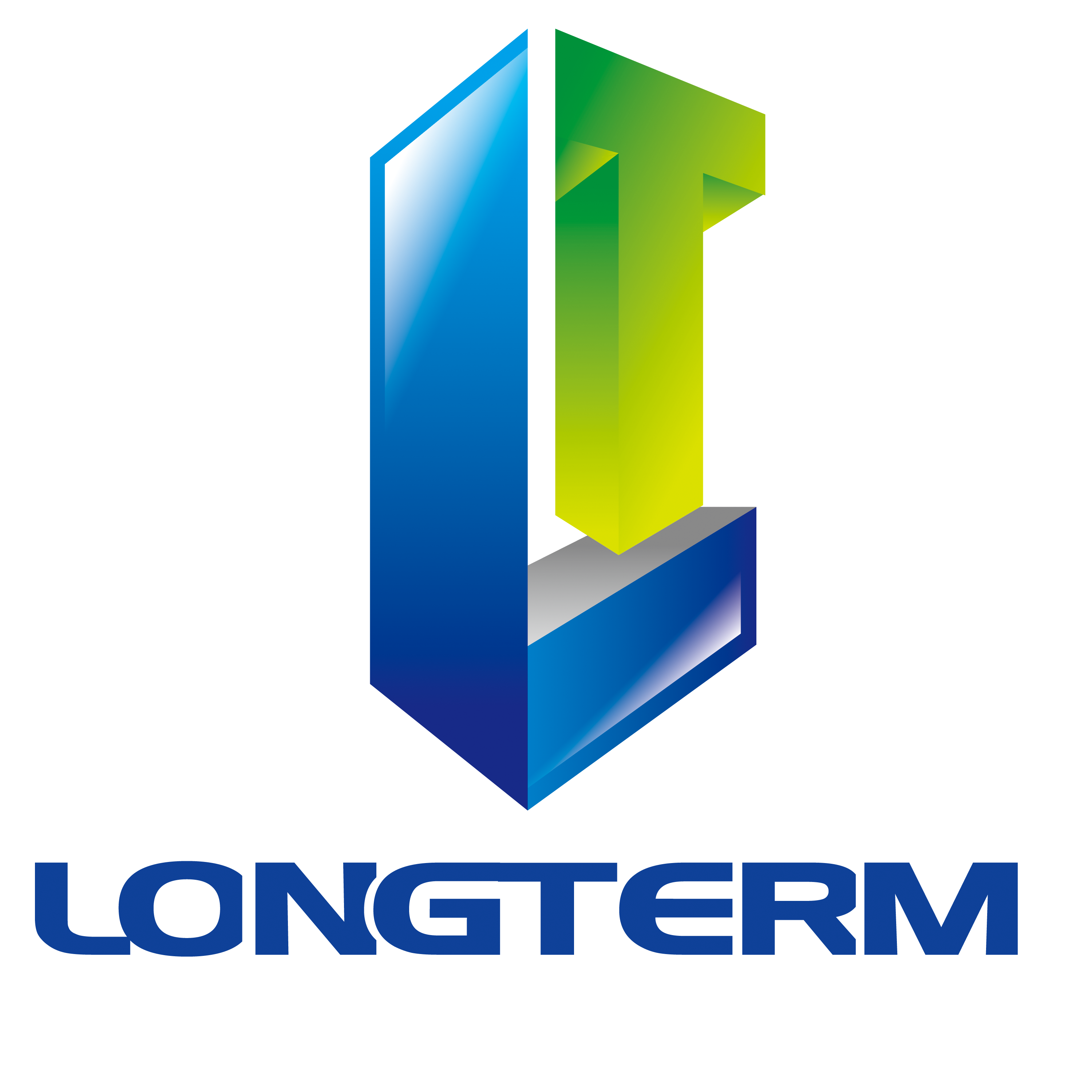The Fusion of Form and Function: Beyond Mere Aesthetics
Historically, industrial design was often viewed solely through the lens of visual appeal. While aesthetics remain important, advanced industrial design transcends this limited perspective. It’s a holistic approach that seamlessly integrates form and function, prioritizing user experience and overall effectiveness. This means considering not just how a product looks, but also how it feels, how intuitively it can be used, and how it impacts the environment throughout its lifecycle. A beautifully designed product that is difficult to use or environmentally damaging is ultimately a failure in advanced industrial design.
This integrated approach demands a deep understanding of materials science, ergonomics, and manufacturing processes. Designers must carefully consider the material properties – strength, durability, sustainability – to ensure the product meets its intended purpose while minimizing resource consumption and waste. Ergonomics plays a vital role in ensuring user comfort and ease of use, preventing strain and promoting efficiency. Finally, a thorough understanding of manufacturing techniques is crucial to optimize production processes, reduce costs, and minimize environmental impact.
Sustainability and Ethical Considerations: Designing for a Better Future
The modern era demands a responsible approach to design. Advanced industrial design is increasingly incorporating sustainability as a core principle. This involves designing products with a reduced environmental footprint, from selecting eco-friendly materials to optimizing energy efficiency and minimizing waste throughout the product lifecycle. Circular economy principles are gaining prominence, pushing designers to consider product longevity, repairability, and recyclability.
Ethical considerations are also paramount. Designers must be mindful of the social and economic implications of their creations. This includes considering issues of accessibility, ensuring products are usable by people of all abilities, and promoting fair labor practices throughout the supply chain. The ethical sourcing of materials and responsible manufacturing processes are integral aspects of advanced industrial design that are gaining increasing attention from both consumers and regulatory bodies.
Technological Innovation and Digital Design Tools: Shaping the Future
The rapid advancement of technology profoundly impacts industrial design. Computer-aided design (CAD) software, 3D printing, and simulation tools have revolutionized the design process, enabling greater precision, efficiency, and complexity. Designers can now create intricate geometries and test product performance virtually before physical prototypes are even produced, significantly reducing development time and costs.
Furthermore, the integration of artificial intelligence (AI) and machine learning (ML) is opening up new possibilities. AI can assist in design optimization, predicting product performance, and even generating novel design concepts. This collaborative approach between human designers and AI tools is poised to dramatically accelerate innovation and push the boundaries of what's possible.
Impact Across Industries: From Consumer Goods to Infrastructure
The influence of advanced industrial design extends far beyond consumer products. It plays a vital role in shaping the landscape of various industries. In transportation, it drives the development of more efficient, sustainable, and safer vehicles. In healthcare, it leads to the creation of advanced medical devices and ergonomic hospital equipment. In manufacturing, it optimizes production processes and enhances workplace safety.
Moreover, advanced industrial design is crucial for developing sustainable infrastructure. It shapes the design of buildings, focusing on energy efficiency, resource conservation, and user experience. It influences the design of smart cities, integrating technology to improve urban living and sustainability. Ultimately, advanced industrial design is a fundamental element in shaping the built environment and improving the quality of life for individuals and communities worldwide.
The Human-Centered Approach: Designing for User Needs
At the heart of advanced industrial design lies a human-centered approach. Designers must deeply understand the needs, behaviors, and aspirations of the end-users. This requires extensive user research, involving user testing, feedback gathering, and iterative design processes. The goal is to create products and systems that are not only functional and aesthetically pleasing but also truly meet the needs and enhance the lives of the people who use them.
This empathetic design process considers diverse user groups, ensuring inclusivity and accessibility. It promotes user engagement and satisfaction, leading to products that are not only effective but also enjoyable to use. By prioritizing the human element, advanced industrial design contributes to a more user-friendly and ultimately more fulfilling world.

